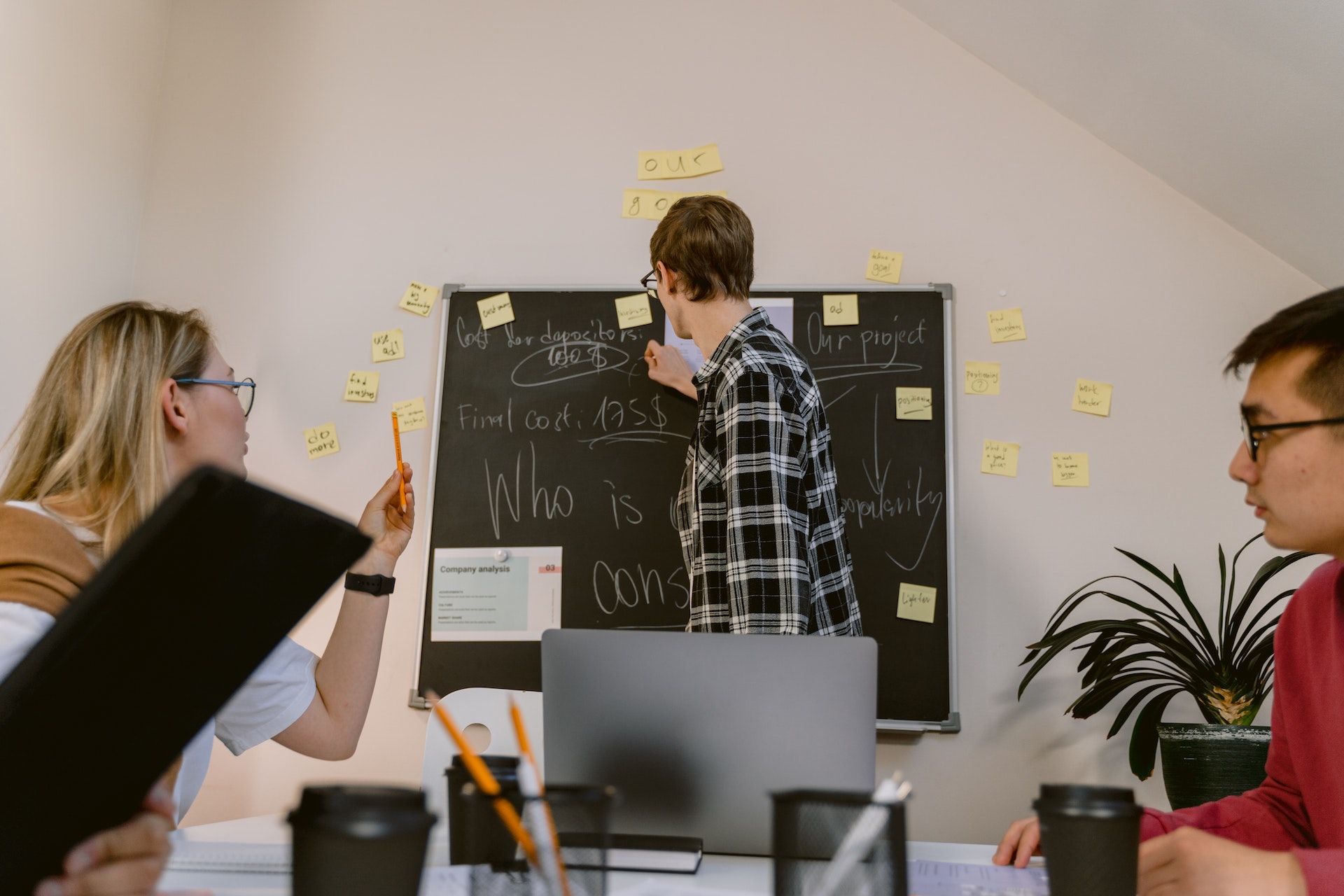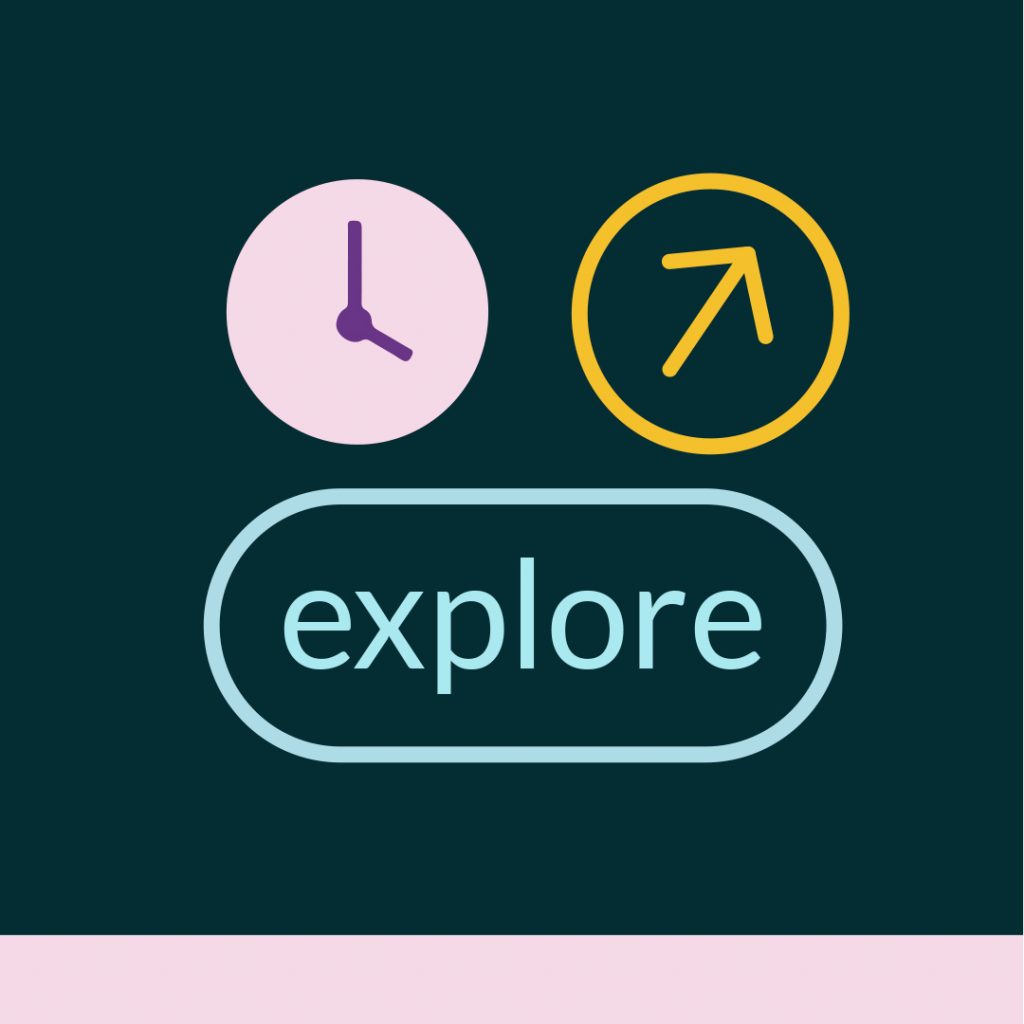Everybody processes information differently and has their own learning style. Some students are more visual and favor charts and pictures. Others are auditory and prefer to listen to lectures, for example. Kinesthetic learners learn through doing and read/write students prefer written material. At English Services, we strive to provide the best language learning experience possible, and we use Neurolinguistic Programming techniques to cater to all our students’ learning needs.
Neurolinguistic Programming, Briefly
The Neurolinguistic Programming (NLP) approach focuses on how people communicate with themselves or with others, and how communication affects behavior. The NPL model describes how our brain stores and processes information that comes from the outside. Then, the brain connects the neural networks where that information is stored with the parts that control functions like speech, and sensations like sounds. Learning happens when new connections are made, and existing connections are reinforced.
Additionally, Neurolinguistic Programming helps a person change their thoughts and behaviors through perception, behavior, and communication to achieve success. NLP relies on the idea that the unconscious mind influences conscious thoughts, and that language and behavior can be copied.
NLP in Language Teaching
On the one hand, NLP helps instructors to understand what motivates students and to adapt they way they teach to suit their students’ learning styles.
On the other hand, Neurolinguistic Programming provides tools and strategies that help students develop better learning skills, and it also gives teachers tools to deal with certain challenging behaviors from students.
According to NLP, we use our sensory organs to absorb visual, auditory, and kinesthetic information and create an internal representation of the real world through images, sounds, smells, images, and flavors.
There are three processes that affect the way students learn and process information: deletion, distortion, and generalization. They can be helpful; however, teachers must be there to guide students along and correct mistakes.
With distortion, students play around with new information and create new thoughts. Thanks to this process, students can devise their own techniques for absorbing new information.
Students are flooded with new information, but they cannot process all that data at once. So, they focus on the information they want to keep and delete the rest. That way, students can manage input better thanks to the process of deletion.
Generalization helps students draw broad conclusions based on a specific object or element that they then use to represent a category of experience.
NLP Tips for Students
Here a few tips and techniques for language students to apply in their learning process.
Chunking up: This process consists in breaking up large amounts of information into manageable pieces, or chunks. That is, you tackle a small amount of information at a time, digest it, and move on to the next bit.
Mind mapping: A mind map is a diagram that helps students visually organize information hierarchically. The main concept is written or drawn in the center of a blank page. Then, associated ideas, images, or words are added and connected with arrows.
Gamification makes learning fun and engaging and is great for kinesthetic students. An example of gamification are online quizzes.
Reframing negative thoughts: Sometimes, negative thoughts about your learning process can be very disruptive. Keep a record of these thoughts and associate a phrase or gesture to respond and counter them.
Listen to music to create a relaxing atmosphere and stimulate creativity.
If you favor the auditory learning style, listen to podcasts, or watch series in the language you are learning.
At English Services, our main purpose is to help people communicate. We offer language and skills training in the form of hybrid or remote classes and workshops. Get in touch to find out what we can do for you and you team.





